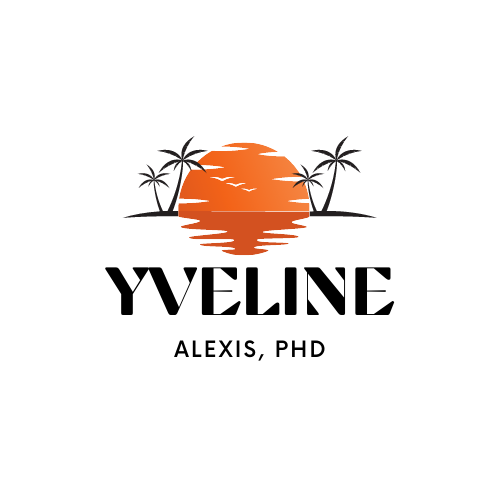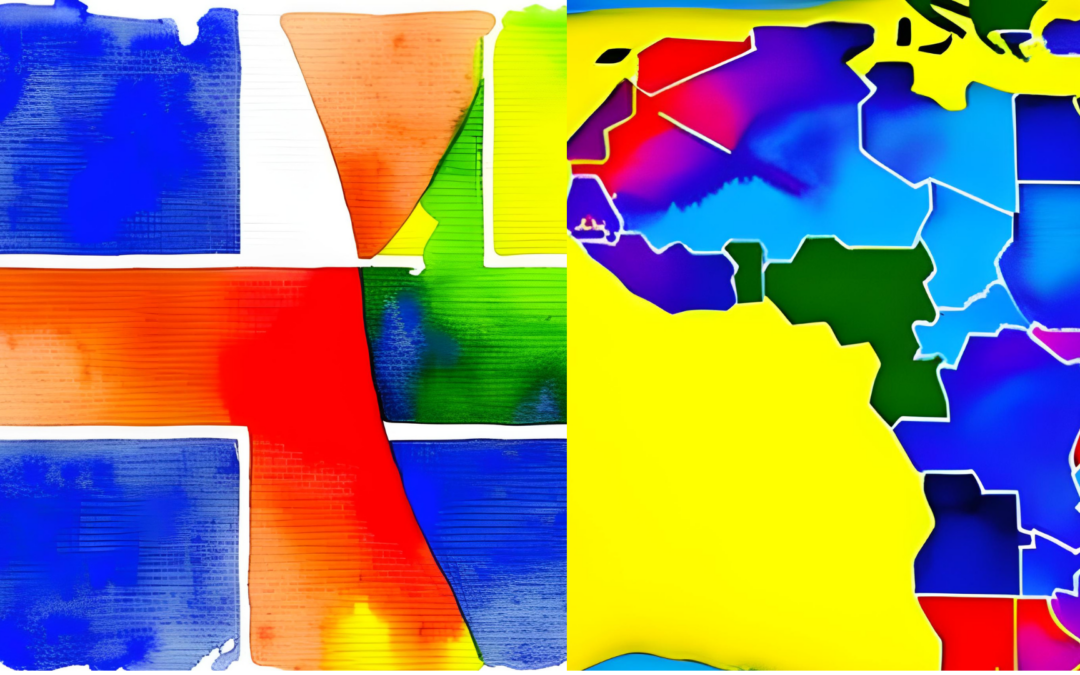Africa in Ayiti
Often folks describe Ayiti as the most African place in the Caribbean. Why? Our melanin, speech acts like our language Kreyòl and expressions that are similar to the Igbo language, religious cultures like Vodou(n), drums and musical style, and certainly our foods (yams, red meat, and herbs). Our elders often referencing Ginen (Guinea) as the place of our Diaspora’s return, all attest to this literal and figurative connection to Afrique/Africa. Some of us desire to return home; a longing that is felt and reverberates across generations.
Let us pause and trace our story backward, to see how African we as Haitians are. It behooves us to document the names and groups. Although these records are scant, they remain important to know our stories. The archives recorded Africans in Saint-Domingue as Boukman Dutty and Fatima and groups such as Arada, Mandingo, and Ibo. Linguists have increasingly linked the Kreyòl language to a blend of French and a rich collection of African languages ranging from Ewe, Twi, and Wolof.
Three takeaways
Three takeaways are important. The trans-Atlantic slave trade encompassed a significant portion of Africa, not simply the West. Viewed as disposable beings, these Africans coming to the Americas in chains and on ships, were diverse human beings politically, economically, spiritually, and gender and sexuality-wise. Finally, we do not know their names. How do you find your zanzet (ancestors) when they are listed with no names or as François, Makaya, and Marie? Or when they are stereotyped as aggressive, inhumane, and lascivious?
Our stories matter, so we begin it here. A nod to how continental Africa contributed to St. Domingue and Ayiti’s birth is of paramount importance! Thus, even if we cannot say for certain that we are Nigerian, Senegalese, Congolese, Ghanaian, or from Togo and Benin, we are still from Africa–the cradle of humankind!

